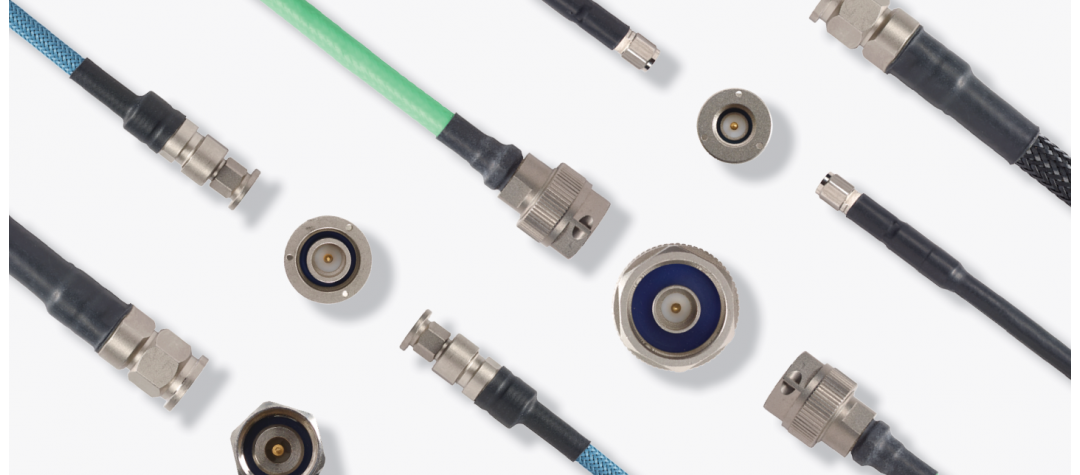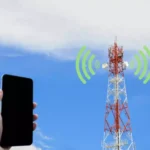
Signal boosters are essential tools for improving wireless connectivity in challenging environments, but their effectiveness heavily depends on the cables connecting their components. Understanding different cable types and how they affect signal quality over distance can make a significant difference in your system’s performance.
Common Cable Types for Signal Boosters
Coaxial Cables
Coaxial cables are the most common type used with signal boosters, available in several varieties:
RG-6
- Standard for residential cable TV and satellite installations
- Characteristic impedance of 75 ohms
- Better shielding than RG-59, with lower loss at higher frequencies
- Typical signal loss: 5.6 dB per 100 feet at 900 MHz
RG-11
- Larger diameter than RG-6, with improved performance
- Also 75 ohm impedance
- Used for longer cable runs where signal preservation is critical
- Typical signal loss: 3.4 dB per 100 feet at 900 MHz
LMR-400
- Professional-grade coaxial cable with excellent low-loss characteristics
- 50 ohm impedance (ideal for cellular applications)
- Superior shielding against external interference
- Typical signal loss: 3.9 dB per 100 feet at 900 MHz
LMR-600
- Higher-end, thicker coaxial cable
- Exceptional performance for long-distance runs
- Typical signal loss: 2.5 dB per 100 feet at 900 MHz
Other Cable Types
Category Cable (CAT 5e, 6, 7…)
- Digital cable used in higher end systems
- Very little loss over longer distances
- Needs specialized equipment to work over this cable type
Fiber Optic Cable
- Used in high-end distributed antenna systems (DAS)
- Virtually no signal loss over long distances
- Requires conversion equipment at both ends
- More expensive and complex installation
Understanding Signal Loss Over Distance
Signal loss (attenuation) is affected by various factors including: Cable length, Signal frequency and Cable quality.
An example on how a different frequencies affects loss in a typical RG-6 cable:
- At 700 MHz: ~4.8 dB/100ft
- At 900 MHz: ~5.6 dB/100ft
- At 1800 MHz: ~8.1 dB/100ft
- At 2100 MHz: ~8.7 dB/100ft
The Impact of Signal Loss
Every 3 dB of loss reduces signal power by half. This means:
- A 3 dB loss cuts signal strength by 50%
- A 6 dB loss cuts signal strength by 75%
- A 10 dB loss cuts signal strength by 90%
Essentially the longer the cable, the worse signal will be by the time it gets to the end, and the higher the frequency the more its affected. Excessive cable loss can significantly reduce your booster’s effective range and performance.
Practical Considerations for Cable Selection
When choosing cables for your signal booster system, consider:
Signal Frequency: Higher frequencies experience greater loss. If boosting 5G signals, invest in higher quality cables.
Installation Distance: Calculate total cable length needed and select accordingly. For runs over 50 feet, consider upgrading to lower-loss cables.
Connector Quality: Use high-quality connectors and ensure proper installation to prevent additional signal loss.
Budget Constraints: Balance performance requirements with cost. Sometimes using shorter cable runs with strategically placed components is more effective than buying expensive cable.
Cable type may be the most boring when it comes to any technology but is the most important part of any system. Cars, need roads to drive on right? By selecting the appropriate cable type for your needs, you can maximize signal booster performance and ensure reliable connectivity across your space.




